Grog games have a few traits that we will never purge from the genre. More often than not, they look ugly. They also sport interfaces that weren’t designed by humans for humans. Even hoping for a decent tutorial is something that the grog industry thinks is unrealistic. However. Armored Brigade manages to dodge many of those bullets.
There’s really no plot to speak of in this game, which isn’t that unusual from groggier sorts of titles. Armored Brigade takes the premise of Wargame series – what if Cold War went hot, but not “canned sunshine” hot – and imbues it with realism. You can still try a T-34/85 rush, though!

The game is centered around single-player (yep, there’s no MP, at least not yet) missions. The game supports robust scenario-building tools, but there are no real connected campaigns (with unit carry-over) like in winSPMBT. For the more casual player, the action in Amored Brigade will be all about “generating” (maybe not the right word, since you leave very little for randomness) missions.
Mobilizing That NORTHAG
Armored Brigade allows you to control (and confront) US, UK, West German, East German, Soviet, Polish and Finnish militaries. You can pit two contemporaneous forces, with the game allowing period selection from 1965 to 1990, which impacts not only unit availability, but also the training and morale level. This means that you can have T-55s facing off against Finnish Charioteers as well as M1 Abramses going against T-80s.
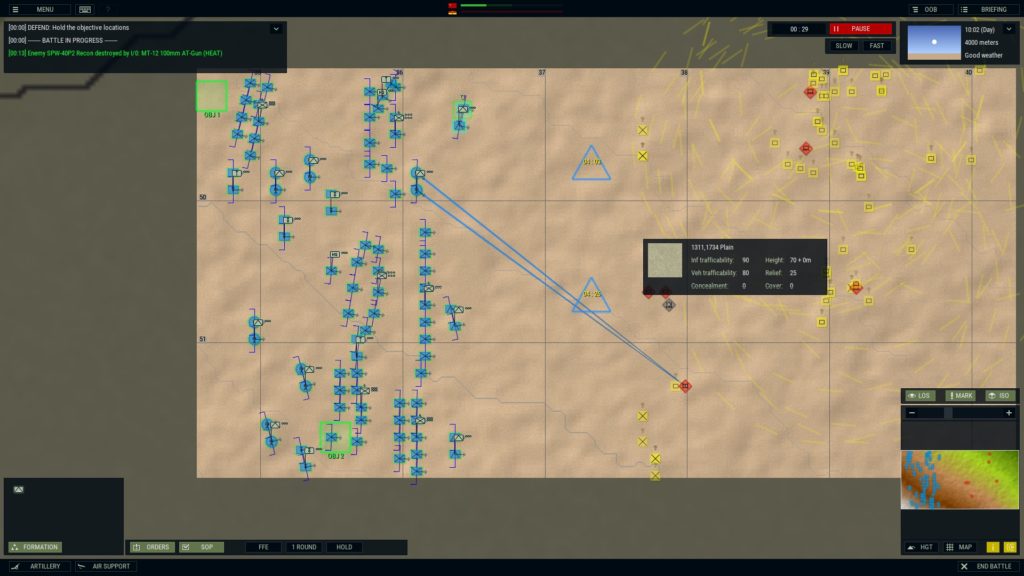
Selecting your force is both loose and constrained at the same time. Your army can be infantry, mechanized, armored or dynamic, which determines how many points are allotted and for what unit choices. This means that an infantry force will allow you to spend more points on leg infantry while armored will be able to freely splurge on tanks. As far as I noticed, the force selection doesn’t really impact what units you do or don’t get.
You buy your forces in sections, platoons or companies, although those are very basic groupings of basic units. Unlike in winSPMBT, an infantry company will just be a bunch of infantry squads (and in the early stages, only some of them will have radios) sans the support weapon teams. Fittingly enough, some formations – usually paratroopers and militias – will have a different morale and training level than the main force. An interesting choice is having HQ sections which are bought separately and provide a morale bonus to those around them. Air support is also bought like general units, but it’s deployed in a very different way. Artillery – outside of on-map mortars – is abstracted (and costed) to the extreme.
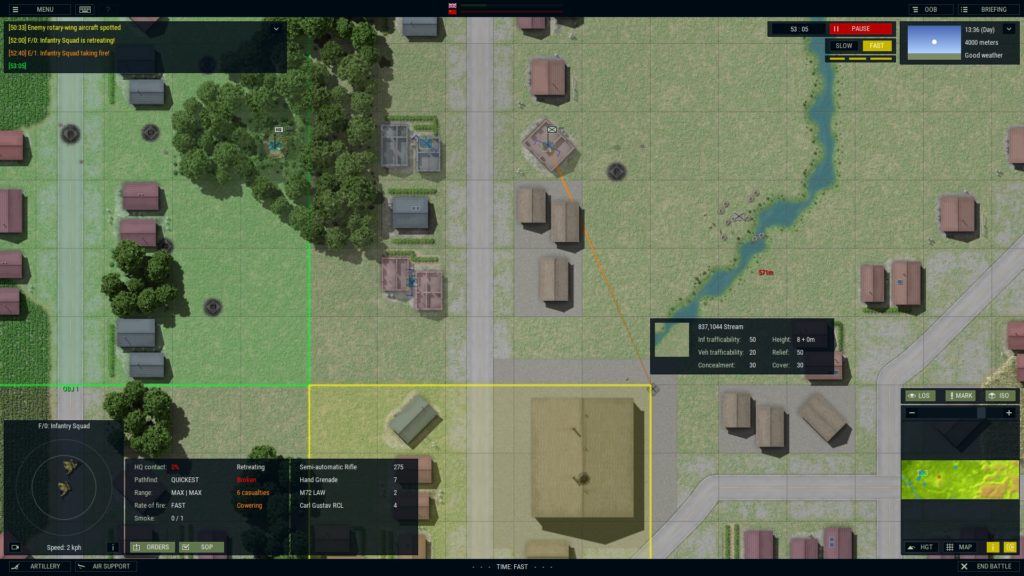
Of course, you can fiddle with the allowances during mission generation – and you can change the training and morale levels, too. The most curious part of drafting a random mission is that you choose a map by selecting a zoomed in area of a much bigger map. You have, for example, a huge map of Fulda Gap, but you’ll only get to fight on the small slice of it that you have selected. Of course, you can adjust the size, the goals, the deployment sides, the place of objectives (and the percentage of dummy objectives which are there to keep you on your toes) and so on.
Have You Seen My Company Of T-62s?
Once on the field, you have to place your units. Recon troops can deploy in the “no man’s land” up to half of the map (and dismounted recon infantry can try to infiltrate the enemy half). You will also need to pre-place artillery target reference points (TRPs), fortifications as well as helicopter operation areas. Thankfully, Armored Brigade provides many tools to make it easier for you to understand the lay of the land, including heatmaps and an ISO view.
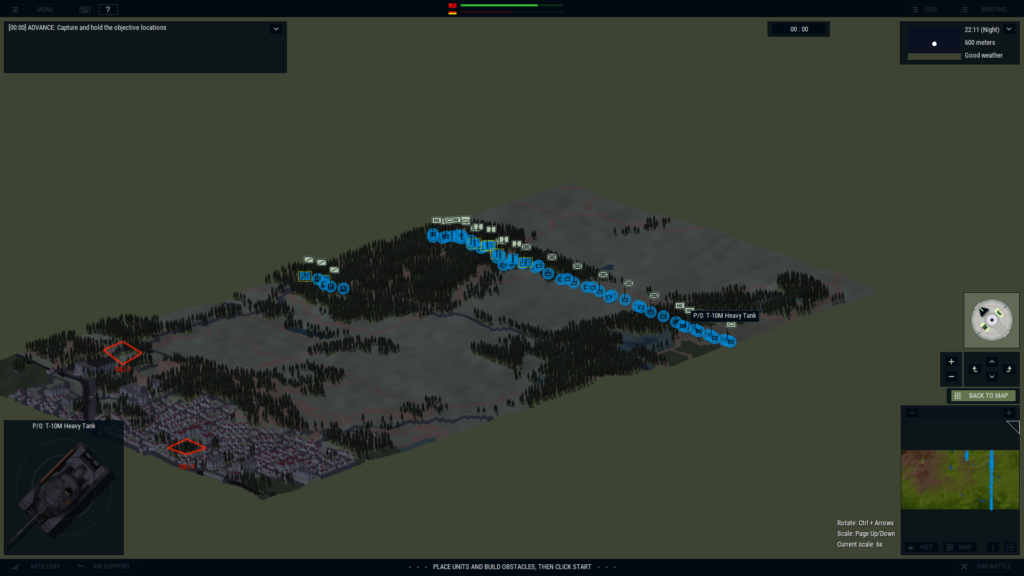
Compared to its main rival winSPMBT, Armored Brigade is easier to control. The orders you give are semi-abstracted, using the order menu you could remember from Close Combat series and impulses most well known from Graviteam Tactics: you can give orders anytime you want, just like in any RTS, but there’s a dynamic timer (country-specific) on when they’re going to be carried out. So you can tell your units to Advance (the standard move and shoot people order), Contact (advance until you see the enemy, then stop, presumably to shoot them), Defend (take defensive positions aimed at a direction) and so on, and they’ll do it – eventually. It works fine and since you’re ordering around formations rather than units – you can command individual squads and vehicles, but their command impulse is longer- you don’t have a lot of that fiddliness of winSPMBT.
On the other hand, between formations (which determine how your forces are arrayed on the field – or at least try to be), SOP (which sets their movement speed, engagement ranges and so on) and orders, the whole situation can get a little messed up at times. Formations are especially tricky to use, aside from the setting them as “free” or “march” at the start of the match to get into the action sooner. And even then, since one square of the map (and two-lane roads only take up one) can only contain a single unit, you might run into traffic jams.
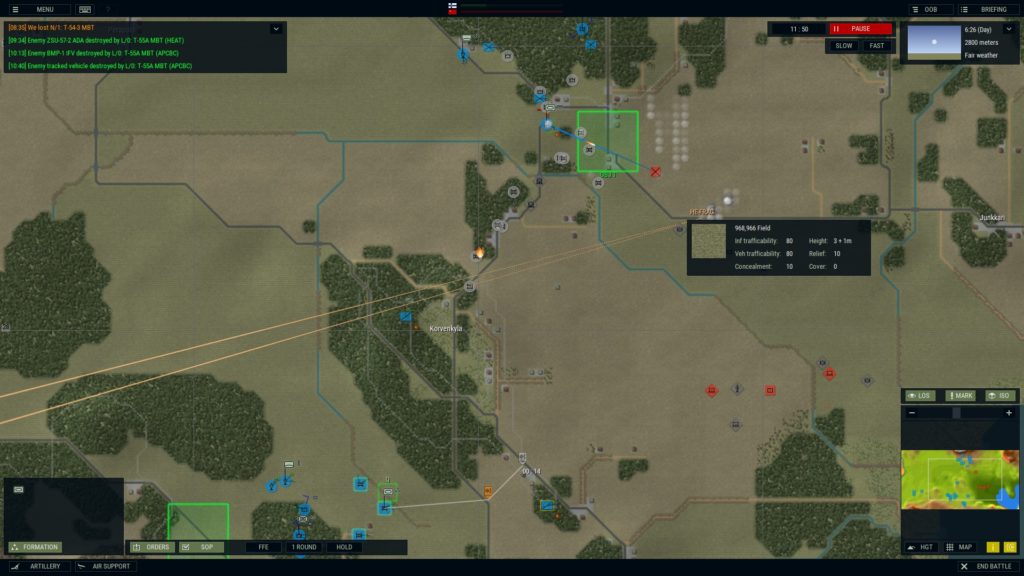
Things get really interesting once a mechanized infantry group with a SOP setting to dismount on contact tries to navigate. You see, passengers and transports are permanently connected in the game (with a side result of support weapon teams being relegated to foot-slogging), so in theory, dismounting and remounting is easy. However, the transports have little desire to stay with their wards. This can result in some awkward situations, especially so when company-sized units dismount on contact, but keep advancing.
The Approachable King Of War
At least support call-ins are kind-of easy to get. For fast-movers, you just set an area and they will make a pass in minutes. Said area is quite big, so you don’t risk them just zooming off without doing anything. Planes remain available to call in again while they have ammo or aren’t damaged too much (it’s fairly hard to do). Helicopters arrive at areas set up during the setup phase of the game and can move between two spots. They retreat once out of ammo or sufficiently shot up.
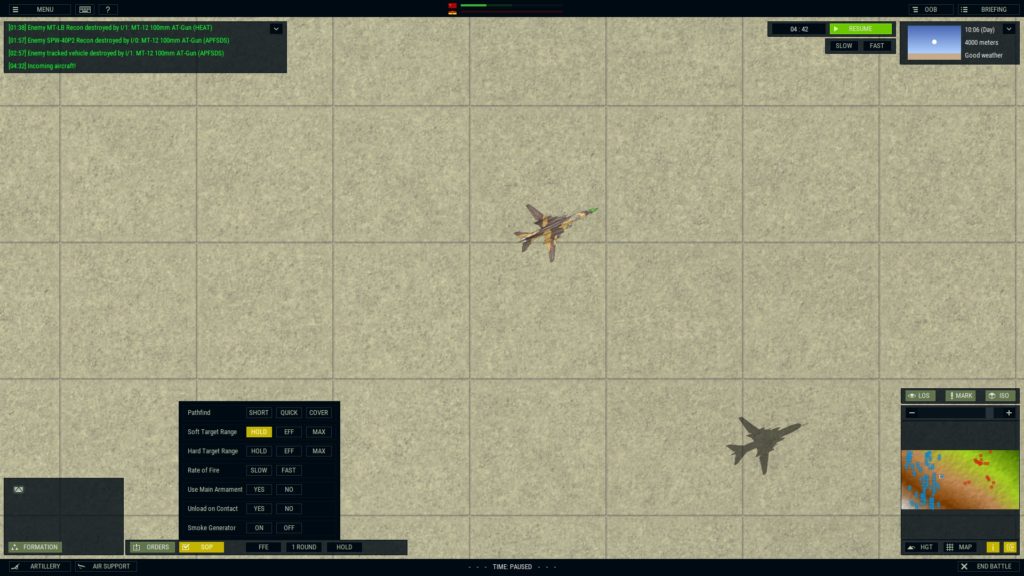
Artillery is the most interactive one. For on-map stuff (from mortars to Gvozdikas), you set a point, wait for the pieces to be ready to fire and then command them to shoot either a set number of rounds or fire for effect. The latter isn’t that advisable, since the beaten area is small while ammo limited. They are, however, great for delivering smoke and illumination rounds.
The big boy artillery costs a great amount of points (upwards of 1000, which is basically how many points you get for the smallest battles) and require you to set up fire missions. You will assign a number of guns, targeted area of desirable size, ammo, volleys… Missions are readied faster the closer their target areas are to the TRPs and having spotters apparently makes them more accurate. This isn’t Wargame, you know, you won’t be sniping units with arty!
War Is 2D Hell
One other great difference between Armored Brigade and Wargame is the uncertainty. Your units won’t automatically know they’re being aimed at or who is firing at them. However, you can get the approximate location of gun flashes. And even if you move units to recon those, you will first get abstract contacts – infantry, wheeled vehicles, tracked vehicles… No Wargame-cheating by just reading the silhouette! What’s more, a contact might turn out to be a civilian!
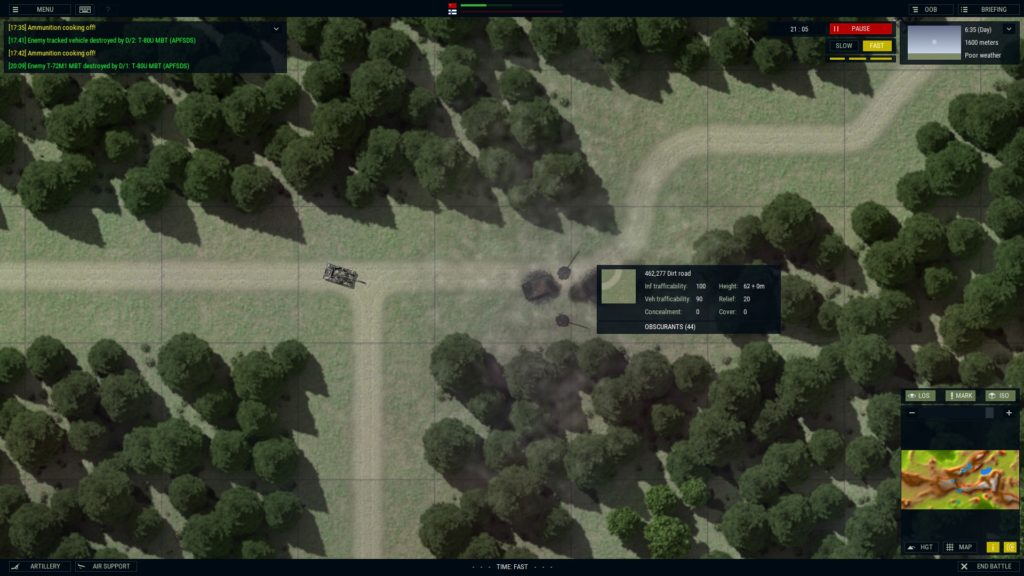
And while I haven’t noticed non-combatants to be modeled in the game, Armored Brigade is generally good looking (for a grog game) and with an interface actually designed for humans to look at and use. I love all the tank and vehicle models, and the infantry is decent, too. Seeing planes zoom in or helos arrive is quite exhilarating The biggest issue I have so far is that there’s no way to see detailed unit stats during army building. However, you can gawk at them as much as you want on the field – and rename squads and vehicles!
The sound design isn’t bad, either. First of all, we aren’t subjected to winSPMBT’s infernal ricochet sound. We don’t have unit barks, either, but at least we don’t have annoying unit barks.
Armored Brigade is an interesting game. It’s straddles the strange area between Wargame’s approachability and winSPMBT’s kitchen-sink. I love how the order impulse system as well as movement in formations take out the insane micro rush of the usual RTS games. However, The lack of multiplayer and connected campaign are strikes against it for some. I, on the other hand, enjoyed it and I’m waiting for mods and DLCs!
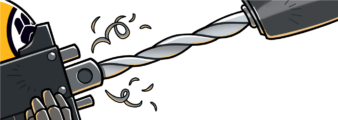

One thought on “Armored Brigade Review | Warm Up That Cold War”